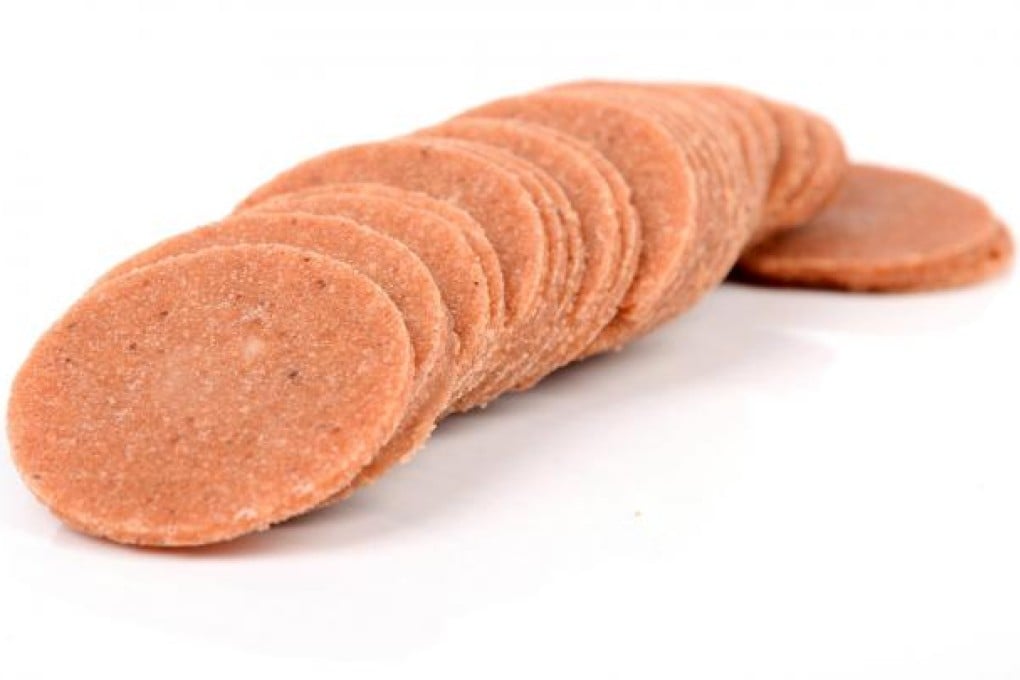
When I was a child growing up in California, my grandparents - who emigrated to the United States from Toisan, Guangdong province - would give me and my cousins haw flakes as a treat. Made from dried hawthorn fruit, haw flakes came as a roll of thin, flat, reddish discs. Depending on the freshness of the sour-sweet flakes, they were either dry and firm but slightly pliable, or dry, hard and crumbly. Because they were made of fruit, they were considered to be less bad for us than other types of candy.
It took me a while to figure out that what we were eating was unique to our culture. When I visited the homes of my non-Chinese friends, their mothers would occasionally give us candies such as Tootsie Rolls and Lifesavers, which I accepted as perfectly normal, but when my friends came to my house and tasted haw flakes, it was obvious they thought they were weird and disgusting.
It wasn't so much the flavour of haw flakes that they disliked (because they taste somewhat like fruit "leather", which many children like), as the texture.
If you like the flavour of haw flakes but don't like the texture, you can grind them in a food processor, then use the haw flake powder as you'd use li hing mui (dried plum powder) because both are tart and sweet (although the plum powder usually has other flavours, such as licorice and dried tangerine peel). It's good sprinkled on sliced apples and water apples, stirred into cold water for a refreshing drink or sprinkled over shaved ice for a snow-cone.
